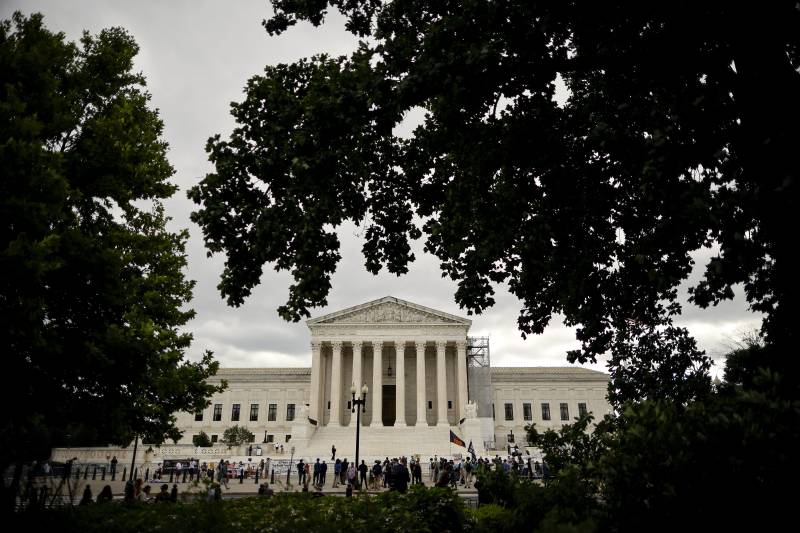AI innovation isn’t a climate threat, it’s our best hope
The breakneck speed of AI innovation will help solve the toughest challenges of energy and climate change.

The deep connection between energy and computing has never been more apparent. Every day there seems to be a new announcement focused on the growth and investment of AI tying energy and compute together—be it new AI and energy infrastructure investments worth hundreds of billions of dollars or new open-source models, such as DeepSeek, that instantly impact data center usage and energy consumption.
Having spent the better part of the past decade building a business determined to confront the paradox of computing innovation and computing energy demand, I know that one of the most powerful tools for building energy and climate solutions will be AI itself.
At first glance, DeepSeek seemed to indicate that it was possible to scale AI development with far less infrastructure and energy. It was easy to see the historic investment of Stargate and the efficiency of DeepSeek as contradictory market signals. In fact, they’re complementary.
Stargate reflects the urgency to build out America’s infrastructure to compete in a global race for AI dominance—infrastructure that’s going to be necessary, regardless of advancements in model efficiency. And DeepSeek shows that innovation will continue to far outpace our initial expectations, which will further drive AI’s demand for infrastructure and energy as that brings down the cost of scaling new AI applications. This is why Crusoe and others have seen an increase in demand for chips and GPUs since DeepSeek was announced.
It’s natural to fear that AI’s thirst for energy may derail the fight against climate change. But if anything, the breakneck speed of AI innovation is likely the key to solving our toughest energy challenge—and quicker than we may expect. The solution for the energy challenges presented by the growth of AI, is in fact, more AI.
AI as an ally in the climate crisis
In the race to connect more low-carbon energy to the grid, we can utilize AI to streamline the permitting process and incentivize investment in clean energy development that is too often held up by bureaucratic delays. In fact, Crusoe, OpenAI, Nvidia, and Lowercarbon Capital hosted a hackathon last year in partnership with the Department of Energy to tackle this very problem. By more accurately forecasting electricity supply and demand, AI is helping to balance power grids more efficiently. This is critical to our ability to integrate more clean energy directly from the source or from battery storage systems. AI is also improving algorithms for electricity scheduling and storage, effectively managing energy systems as large as the grid or as small as your home. All this allows us to optimize energy production and usage, driving efficiency and low-carbon energy adoption across the economy.
American companies are also using AI to accelerate discovery of new energy-relevant materials, including for batteries—which are key to electrification and storage of clean energy—and new, cleaner fuels. For example, SES AI used AI to cut down the time to map the entire universe of small molecules that can be used in battery electrolytes from 8,000 years to just two months, and it made the world’s first batteries to contain electrolyte materials discovered by AI. Avalanche Fusion is developing a compact fusion machine and using AI to help it rapidly design, iterate, and test its technology to reduce the time to develop its mini reactor for a wide variety of applications, including microgrids and transportation.
We’re already seeing an impressive crop of revolutionary energy and environmental technologies being developed thanks to AI. Yes, AI's energy-intensive nature poses a climate risk, but it’s one that can be mitigated. For our part, Crusoe’s business centers around reducing the environmental impacts of our data centers by using more power from clean, renewable, and otherwise wasted energy sources. However, the long-term answer to AI’s climate paradox is that the potential emissions savings from AI-derived technologies can greatly outweigh the incremental emissions from data centers.
Leveraging AI and powering it sustainably is critical because without fundamental technological changes, our path to any widely held climate goals is increasingly dubious. Last year was the warmest on record globally, and also the first year that average global temperature surpassed 1.5°C above pre-industrial levels—exceeding the global climate goal that was set by the Paris Climate Agreement. In fact, two recent studies concluded that we may already have entered the 20-year planet warming threshold outlined in the agreement.
There’s no turning back the clock on AI innovation—but by harnessing its incredible potential, we might just be able to turn back the clock on climate change. We have the opportunity to ensure that AI's legacy is one of progress, not peril, and that it becomes our most powerful ally in safeguarding the planet.
The opinions expressed in Fortune.com commentary pieces are solely the views of their authors and do not necessarily reflect the opinions and beliefs of Fortune.
Read more:
- Why an AI energy crisis may not unfold how you think: IBM sustainability chief
- AI energy demand means innovation must crackle in an unlikely place: Electric utilities
- I sold a $1.4B big-data startup to IBM. Here are the dangers of AI energy consumption
This story was originally featured on Fortune.com
















_Weyo_alamy.png?width=1280&auto=webp&quality=80&disable=upscale#)















































